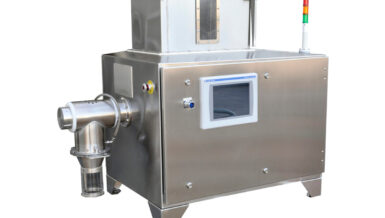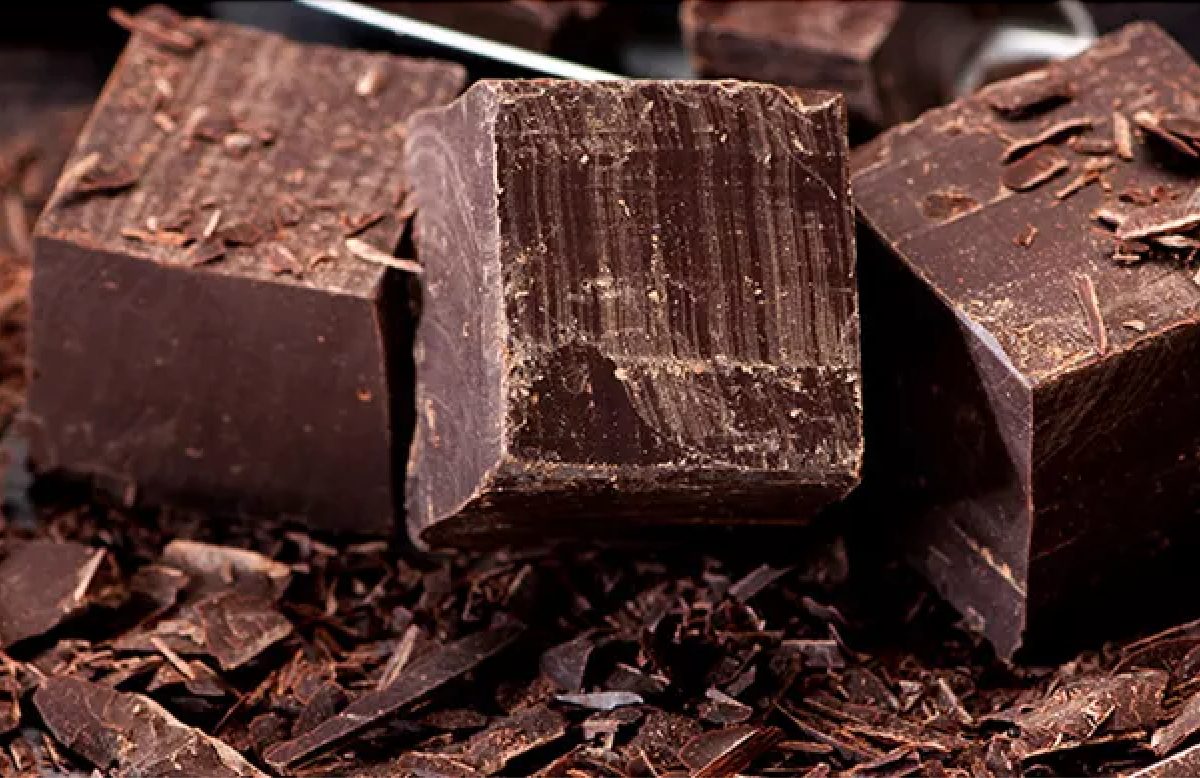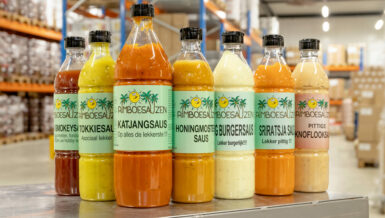The Challenge
First, producers adjust the desired fat content value of raw milk for all products. In a constant flow, the milk will be heated up to 65°C (with a plate heat exchanger) homogenizing it. During this process, producers reduce the size of fat globules to avoid “milk creaming.” After homogenizing, the milk is cleaned through a filter system, removing the finest particles of dirt.
To extend the life of the milk, an Ultra Heat Treat (UHT) will follow. During this process, the milk will flow through a Teflon® plate with holes, similar to a showerhead. Steam overpressure is used to push the milk through the plate. The milk steam is heated to 125°C for two seconds.
After this short heating process, the milk is placed into a tank with a negative pressure to “relax” the milk. The steam that was previously blown in is released and exhausted. Now, the milk will cool down to 65°C and then, by using a plate exchanger, down to 5°C.
It is essential to have the exact temperature at every temperature point mentioned above. If this is not the case, the life of the milk cannot be guaranteed (if the temperature is too low), or you will get a poor quality of the milk (if the temperature is too high).
The Solution
In most cases, the manufacturers of the UHT systems use tri-clamp temperature sensors. To calibrate these sensors, an optimum choice would be the JOFRA RTC-156B dry-block temperature calibrator with an external cable reference sensor and the sanitary and short sensor application insert kit.
By using the RTC-156B temperature dry-block calibrator from JOFRA, you avoid the cumbersome and slow liquid bath calibrations. Instead, you get a complete, highly accurate, faster, and portable calibration solution. The standard solution for UHT systems includes a small reference sensor, which is placed in parallel with the sanitary or short sensor in the dry-block (shown to the right), featuring the dual-zone technology.
Our engineers have designed a sanitary kit for the RTC-156B dry-block calibrator, just like customized inserts and the short reference sensor have been developed specifically for the UHT milk application.






























